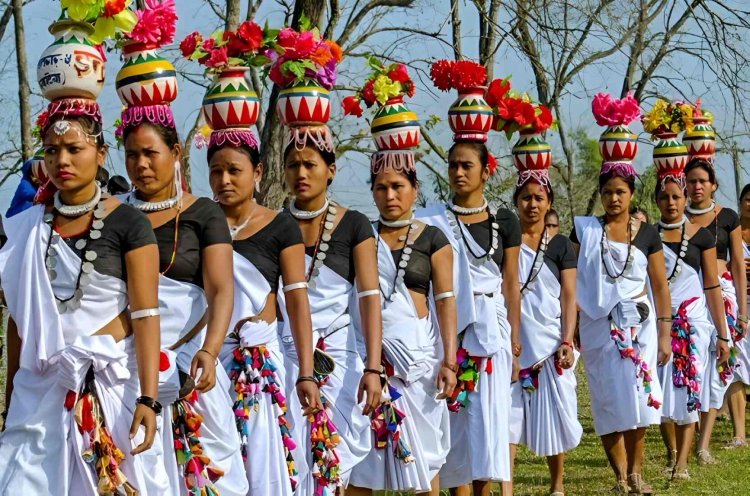In the Tharu community of Kanchanpur, the traditional Hareri Puja is being conducted to protect crops from pests and diseases. This ritual, performed in villages inhabited by the Tharu community, follows the rice planting season and involves communal celebrations.
The Hareri Puja is held from the month of Shrawan (July) to Bhadra (September). During this period, activities such as digging the soil and cutting grass from fields are prohibited. The ceremony, deeply rooted in tradition, aims to ward off pests like the rice bug and other insects that could damage crops. According to Suresh Chaudhary from Ward No. 3 of Shuklafanta, this practice has been a longstanding tradition to safeguard crops.
The ritual is performed in the courtyard of homes, with significant roles played by the Bhuihiya Guruwas and Kashaukas. The puja involves worshipping various deities, including Bhuiya Bhawani and Jagannathiya Devata, along with other local gods.
Materials used in the puja include madal (traditional drums), guinthas (clay lamps), wood from the ganyari tree, clay lamps, vermilion, rice grains, and water. According to Pardeshi Chaudhary, participants are not allowed to play the madal until the puja is completed. Once the ritual concludes, there is a tradition of staying awake all night, playing the madal, and dancing to celebrate.
As part of the ritual, insects such as Gandhi and gobhiyas are captured. Some are even consumed live by the Guruwas, under the belief that this action will prevent pest problems in the fields. Additionally, a tantric practice involves invoking deities to possess the Kashauk’s body, who then jumps into the fire. The fire is managed with mantras to ensure it does not touch the body, which is considered a good omen. The puja spans over two days.
After the puja, the community engages in night-long festivities involving dancing and singing. The ritual is believed to ensure the prosperity of rice crops and maintain the greenery of the fields. According to Baraka Guruwa Phoolram Chaudhary of Jonapur, a tradition of mixing milk and fire with field water on the day following the puja is believed to enhance crop growth. The practice of Hareri Puja is gaining traction in Tharu villages, reflecting its enduring cultural significance.






